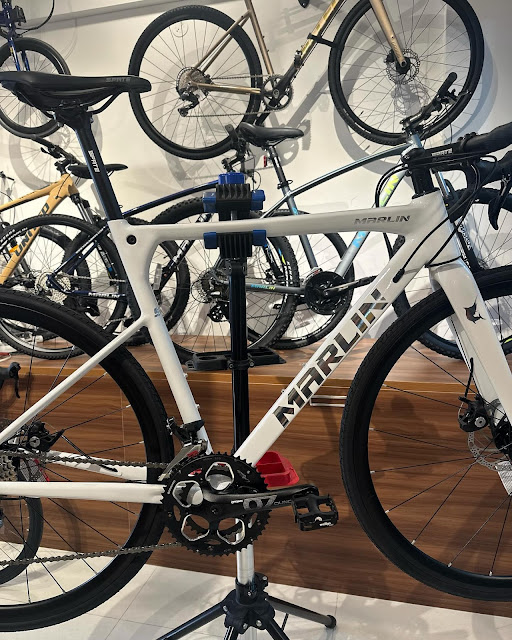Fitness For Mountain Biking - Best Fat Bike in India
Are you looking to put in that extra time and get ahead of the game? Riding your bike obviously increases your muscles strength and endurance and will allow you to ride harder and longer, but exercises off the bike can be just as important as on. I'm going to go through a few of the bikes top tips to help increase your power, stamina and overall fitness.
Tip 1: Gaining the muscle without the mass: A lot of cyclists are weight-conscious, even when it comes to building muscle and strength. You don't want to be putting on extra pounds when you've spent so much to get your Best Fat Bike in India as light as possible. Ideally, an exercise that improves your power without adding muscle mass would be perfect! Well, you'll be glad to hear a new study from the Journal of Strength and Conditioning Research, found that ballistic exercises such as bench throws and jump squats improve your power without adding muscle. These ballistic exercises allow you to improve your capability to generate force quickly, which will give significant improvements in your acceleration and quick burst movements.
Tip 2: Use one leg: For this one you're going to need either a stationary exercise Alloy Fat Bikes India or a turbo trainer. Place one leg onto the pedal, strapping it in and moving the other out of the way. Start pedalling with one foot only and increase the resistance until comfortable, around 60rpm. Do this for 30 seconds to one minute and then recover for two minutes by pedalling with both feet. After you've done that, stop and do the same with the other leg. Continue to do this, alternating legs and having rest periods in between. Using just one leg to pedal will build strength in your legs separately by forcing each to carry the full load of cycling, while allowing you to improve form and observe weaknesses on either side in your cycling.
Tip 3: Health and Nutrition: One of the most important things to remember when building strength and muscle, is your diet. It's one of the most overlooked elements of fitness, but ensuring your body is getting the nutrition it needs is vital for fuel and recovery. Many of us have no problem with committing hours and hours of training but don't seem to have the same discipline when it comes to eating. I think a lot of people turn away from this because they think it's difficult to keep to a diet, or it's all just too confusing without a personal trainer. So I'm going to explain it for you simply, taking out all the boring stuff that you don't really need to know!
Approximately three hours before exercise, try and eat a small meal high in carbohydrates, a moderate protein level and keep hydrated to ensure proper digestion.
It's important to keep energized during exercise as well to reduce the likeliness of premature fatigue. Try and consume around 30-60 grams of carbs per hour to fuel yourself, and if possible, drink your carbs for better absorption. Make sure you drink before you are thirsty and eat before you are hungry.
After exercise try to consume some carbohydrates and protein within the first 30 minutes. This period is when the body is most receptive and will take it in easier. After that, make sure you have a good balanced meal within two hours. Carbohydrates will replenish the muscle, and protein is used for tissue repair and rebuilding.
Also, a lot of people think fats are bad for you and that you can't eat any fatty foods. Well you'll be glad to hear, that's wrong. It's an important part of a healthy diet, although try to avoid saturated and trans fat (unsaturated fat) as much as possible. Fat is important for low-intensity exercise, provides vitamins and essential acids. Although less than 25% of your calories should come from fat so don't over do it!
For more details visit us @ https://marlinbikes.com/
Source: http://ezinearticles.com



Comments
Post a Comment